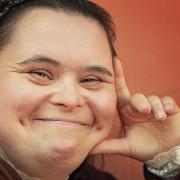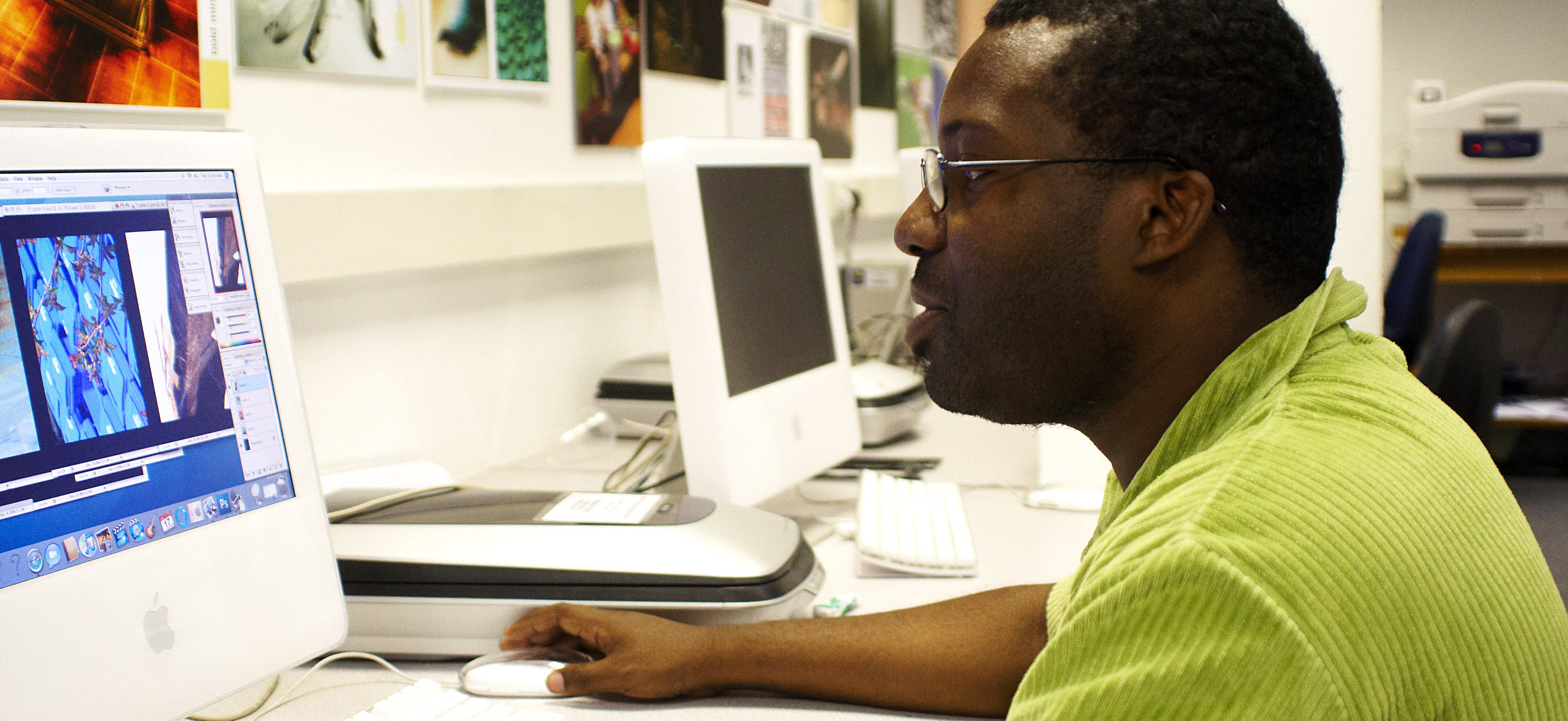This page is written for medical staff, social workers, and other professionals who might be able to tell the tribunal what they need to know. It explains how to write helpful evidence for this kind of benefit appeal.
Evidence from doctors and other professionals helps the tribunal to come to the right decision more than anything else. Your evidence doesn't need to be long or typed.
Whether your patient/client is entitled to PIP is decided by the difficulties they experience and the help they need with very specific tasks. This includes help they need but don’t necessarily get, or help they give themselves like taking a rest, doing things less frequently, or using an appliance. Your patient/client has marked which descriptors they meet below. Please confirm whatever you can in your evidence. For example, if they cannot walk even into your consulting room without discomfort, or if they are slow and it takes them twice as long as somebody else, please say that.
If you cannot confirm the descriptor your patient has circled but can confirm another in that section, please include that. If you cannot confirm any from that section please just leave it out as your patient may have evidence from someone else who knows more about their problems with this. If you don’t understand why your patient meets the descriptor they have circled, please ask them.
If your patient could do some of these things but not as often as required, or it would take them twice as long as anybody without their condition, it causes breathlessness, pain or fatigue, it counts as being unable to do it. If they could do it some days, but not more than 50% of the time, it counts as being unable to do it. For example, if they can stand and walk for 50 metres, but they can only do it a few times in a day, it may hurt them, they might sometimes fall, or it takes them twice as long as someone else, the law sees this as not being able to walk for 50 metres.
Daily living activities and descriptors
Activity 1. Preparing food.
a. Can prepare and cook a simple meal unaided. – Score 0
b. Needs to use an aid or appliance to be able to either prepare or cook a simple meal. - Score 2
c. Cannot cook a simple meal using a conventional cooker but is able to do so using a microwave. - Score 2
d. Needs reminding or encouraging to be able to either prepare or cook a simple meal. - Score 2
e. Needs supervision to help me stay safe or physical help to either prepare or cook a simple meal – this includes chopping, stirring, moving full pans, telling when it is cooked, etc. - Score 4
f. Cannot prepare and cook food – this includes chopping, stirring, moving full pans, telling when it is cooked, etc. – Score 8
Activity 2. Taking nutrition.
a. Can take nutrition unaided. - Score 0
b. Needs to use an aid or appliance, or supervision to help them stay safe, or physical help to be able to cut up food to be able to eat or drink. - Score 2
c. Needs a therapeutic source to be able to eat or drink. - Score 2
d. Needs reminding or encouraging to eat or drink. - Score 4
e. Needs physical help to be able to manage a therapeutic source to take nutrition. - Score 6
f. Cannot convey get food and drink to their mouth and needs another person to do so. Score 10
Activity 3. Managing therapy or monitoring a health condition.
a. Can manage medication or therapy, and monitor their health condition without help. Score 0
b. Needs to use an aid or appliance to be able to manage their medication; or needs supervision to help them stay safe, or reminding or encouraging, or physical help to manage their medication or monitor a health condition. - Score 1
c. Needs s supervision to help them stay safe, or reminding or encouraging, or physical help to be able to manage therapy that takes no more than 3.5 hours a week. - Score 2
d. Needs supervision to help them stay safe, or reminding or encouraging, or physical help to be able to manage therapy that takes more than 3.5 but no more than 7 hours a week. - Score 4
e. Needs supervision to help them stay safe, or reminding or encouraging, or physical help to be able to manage therapy that takes more than 7 but no more than 14 hours a week. - Score 6
f. Needs supervision to help them stay safe, or reminding or encouraging, or physical help to be able to manage therapy that takes more than 14 hours a week- Score 8
Activity 4. Washing and bathing.
a. Can wash and bathe unaided. - Score 0
b. Needs to use an aid or appliance to be able to wash or bathe. - Score 2
c. Needs supervision, reminding, encouraging, or reassuring to be able to wash or bathe. - Score 2
d. Needs physical help to be able to wash either their hair or body below the waist. - Score 2
e. Needs physical help to be able to get in or out of a bath or shower. - Score 3
f. Needs physical help to be able to wash their body between the shoulders and waist. - Score 4
g. Cannot wash and bathe at all and needs another person to wash their entire body. - Score 8
Activity 5. Managing toilet needs or incontinence.
a. Can manage toilet needs or incontinence unaided. - Score 0
b. Needs to use an aid or appliance to be able to manage toilet needs or incontinence. - Score 2
c. Needs supervision to help them stay safe or reminding or encouraging to be able to manage toilet needs. - Score 2
d. Needs physical help to be able to manage toilet needs. - Score 4
e. Needs physical help to be able to manage incontinence of either bladder or bowel. - Score 6
f. Need physical help to be able to manage incontinence of both bladder and bowel. - Score 8
Activity 6. Dressing and undressing.
a. Can dress and undress unaided. - Score 0
b. Needs to use an aid or appliance to be able to dress or undress. - Score 2
c. Needs reminding or encouraging to be able to dress, undress or not undress inappropriately, or needs reminding or encouraging, or physical help to be able to choose appropriate clothing. - Score 2
d. Needs physical help to be able to dress or undress their lower body. - Score 2
e. Needs physical help to be able to dress or undress their upper body. - Score 4
f. Cannot dress or undress at all. Score 8
Activity 7. Communicating verbally.
a. Can express and understand verbal information unaided. - Score 0
b. Needs to use an aid or appliance to be able to speak or hear. - Score 2
c. Needs need help from someone trained or experienced in helping me to be able to express or understand complex verbal information. - Score 4
d. Needs help from someone trained or experienced in helping them to be able to express or understand basic verbal information. - Score 8
e. Cannot express or understand verbal information at all even with help from someone trained or experienced in helping them. - Score 12
Activity 8. Reading and understanding signs, symbols and words.
a. Can read and understand basic and complex written information either unaided or using spectacles glasses or contact lenses. – Score 0
b. Needs to use an aid or appliance, other than spectacles glasses or contact lenses, to be able to read or understand either basic or complex written information. - Score 2
c. Needs reminding, encouraging or reassuring to be able to read or understand complex written information. - Score 2
d. Needs reminding, encouraging or reassuring to be able to read or understand basic written information. - Score 4
e. Cannot read or understand signs, symbols or words at all. - Score 8
Activity 9. Engaging with other people face to face.
a. Can engage with other people without help from an aid or appliance or a person.- Score 0
b. Needs reminding, encouraging, or reassuring to be able to engage with other people. - Score 2
c. Needs help from someone trained or experienced in helping them to be able to engage with other people.- Score 4
d. Cannot engage with other people because it either makes them feel so anxious or distressed that they cannot function, or because it causes them to behave dangerously, and either they or another person might get hurt. - Score 8
Activity 10. Making budgeting decisions.
a. Can manage complex budgeting decisions without help from an aid or appliance or a person. – Score 0
b. Needs reminding, encouraging, or reassuring, or physical help to be able to make complex budgeting decisions. - Score 2
c. Needs reminding, encouraging, or reassuring, or physical help to be able to make simple budgeting decisions. - Score 4
d. Cannot make any budgeting decisions at all. - Score 6
Mobility activities and descriptors
Activity 1. Planning and following journeys.
a. Can plan and follow the route of a journey without help from an aid or appliance or a person. - Score 0
b. Needs reminding, encouraging, or reassuring to be able to undertake any journey to avoid it making them feel so anxious or distressed that they cannot function. - Score 4
c. Cannot plan the route of a journey - Score 8
d. Cannot follow the route of an unfamiliar journey without another person, assistance dog, or orientation aid. - Score 10
e. Cannot undertake any journey because it would make them feel so anxious or distressed that they cannot function. - Score 10
f. Cannot follow the route of a familiar journey without another person, an assistance dog, or an orientation aid. - Score 12
Activity 2. Moving around.
a. Can walk more than 200 metres, either aided or unaided. - Score 0
b. Can walk more than 50 metres but no more than 200 metres, either aided or unaided. - Score 4
c. Can walk unaided more than 20 metres but no more than 50 metres. - Score 8
d. Can walk using an aid or appliance more than 20 metres but no more than 50 metres. - Score 10
e. Can walk more than 1 metre but no more than 20 metres, either aided or unaided. - Score 12
f. Cannot, either aided or unaided, (i) stand; or (ii) move more than 1 metre. - Score 12
We have simplified the wording of the descriptors to make this page easier to use. If you prefer, you can find the exact wording of the legislative tests on pipinfo.net.

 “I didn’t get anything”
“I didn’t get anything” 'I had to move over to PIP from DLA and they gave me less than before'
'I had to move over to PIP from DLA and they gave me less than before' Unfortunately there are no time limits to how long a mandatory reconsideration should take. But if you have not heard back after 6 weeks, you should ring them and find out what is happening. Keep a note of phone call – date, time and who you spoke to in case you need to call again.
Unfortunately there are no time limits to how long a mandatory reconsideration should take. But if you have not heard back after 6 weeks, you should ring them and find out what is happening. Keep a note of phone call – date, time and who you spoke to in case you need to call again.
 On the left there is the statement Spencer sent to the panel looking at his appeal. We have included it as an example to show you what sorts of details about your condition you should include in your statement.
On the left there is the statement Spencer sent to the panel looking at his appeal. We have included it as an example to show you what sorts of details about your condition you should include in your statement.